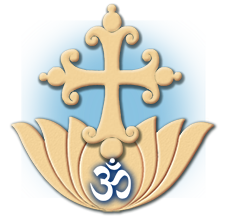 Q: Only God IS. I AM THAT. I AM BRAHMAN. MY FATHER AND I ARE ONE. How do the teachings of Advaita, Veda, Upanishads, Bhagavad Gita, Ramayana fit with St. Thomas Christianity? Western Christianity? Eastern Orthodoxy? Catholicism?
Q: Only God IS. I AM THAT. I AM BRAHMAN. MY FATHER AND I ARE ONE. How do the teachings of Advaita, Veda, Upanishads, Bhagavad Gita, Ramayana fit with St. Thomas Christianity? Western Christianity? Eastern Orthodoxy? Catholicism?
The vital question is, how do those religious expressions fit with Sanatana Dharma? The degree of their agreement with Dharma is the degree of their validity. Dharma is the touchstone of all religious philosophy and practice.
The healings and miracles of Christ have been done by yogis before Christ and after. What does this mean and are these siddhis part of St. Thomas Christianity?
The meaning of Jesus’ miracles is simply that he, too was a yogi–and more, a perfectly realized master, an avatar. Since real Saint Thomas Christianity is the Sanatana Dharma taught by Jesus, certainly those siddhis have manifested. 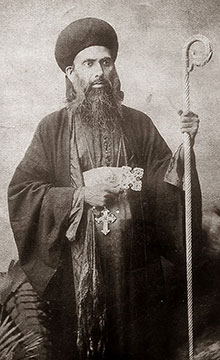 The pinnacle of the church in India was Saint Gregorios of Parumala, whose shrine is visited by thousand of Christians, Hindus and Moslems every day. His miracles are continuous. And Saint Gregorios was committed to the restoration of Dharma to the Saint Thomas Christian community.
The pinnacle of the church in India was Saint Gregorios of Parumala, whose shrine is visited by thousand of Christians, Hindus and Moslems every day. His miracles are continuous. And Saint Gregorios was committed to the restoration of Dharma to the Saint Thomas Christian community.
Can a householder be a Saint Thomas Christian?
Certainly. Millions have been and are.
How can a St. Thomas Christian participate in Satsang?
That is a completely individual matter, but should not be limited to Christian groups.
Many believe Jesus taught in Kashmir and in fact is entombed in a Shrine in Kashmir. Some ancient Kashmiri texts point to Jesus in Kashmir, do you think this tomb is the tomb of Jesus?








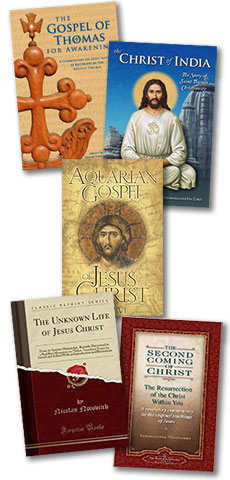 Q:
Q: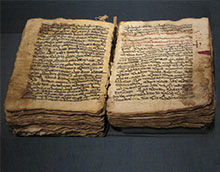
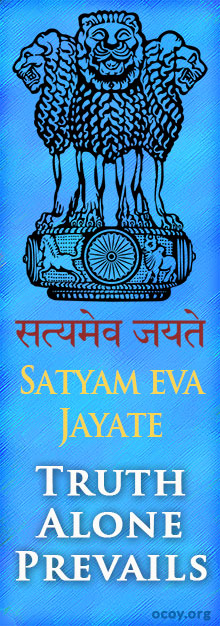 To an Indian Methodist bishop who wanted to visit us because: “Here in India I am deeply concerned about reaching Hindus with the Christian gospel, in a way acceptable to them in the language and form they understand. After a lot of research and browsing I have found your way of understanding and presentation of the Christian faith may be the answer to lead the majority community in India and diaspora to the TRUTH.”
To an Indian Methodist bishop who wanted to visit us because: “Here in India I am deeply concerned about reaching Hindus with the Christian gospel, in a way acceptable to them in the language and form they understand. After a lot of research and browsing I have found your way of understanding and presentation of the Christian faith may be the answer to lead the majority community in India and diaspora to the TRUTH.”